-
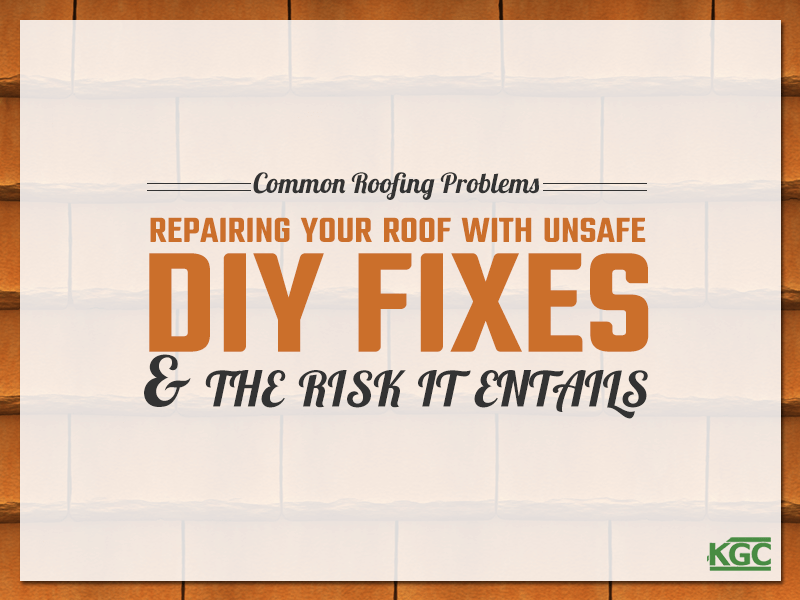
·
Repairing your Roof with DIY Unsafe Fixes
In this installment of our series on roofing problems, we’ll talk about the risks of repairing your roof with DIY unsafe fixes.
-
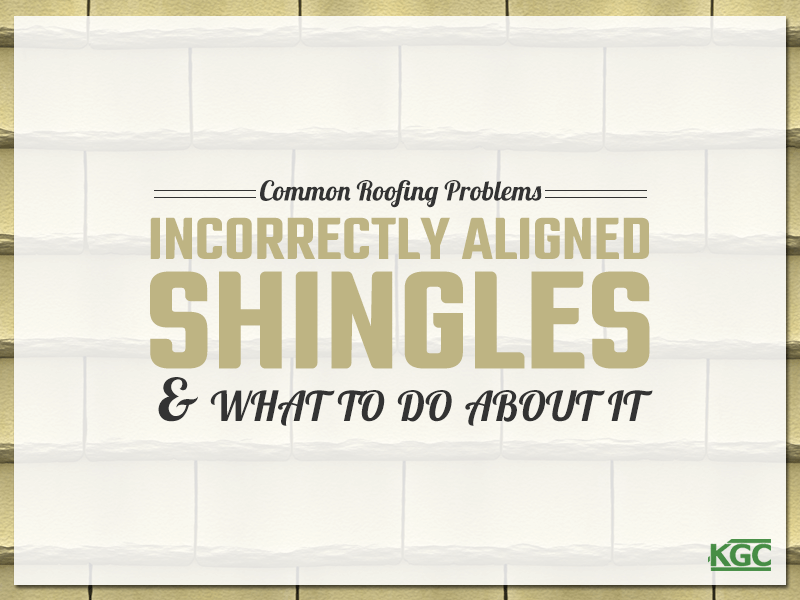
·
Incorrectly Aligned Shingles
In this installment of our series on roofing problems, we’ll talk about incorrectly aligned shingles, and how they can result in losing shingles.
-
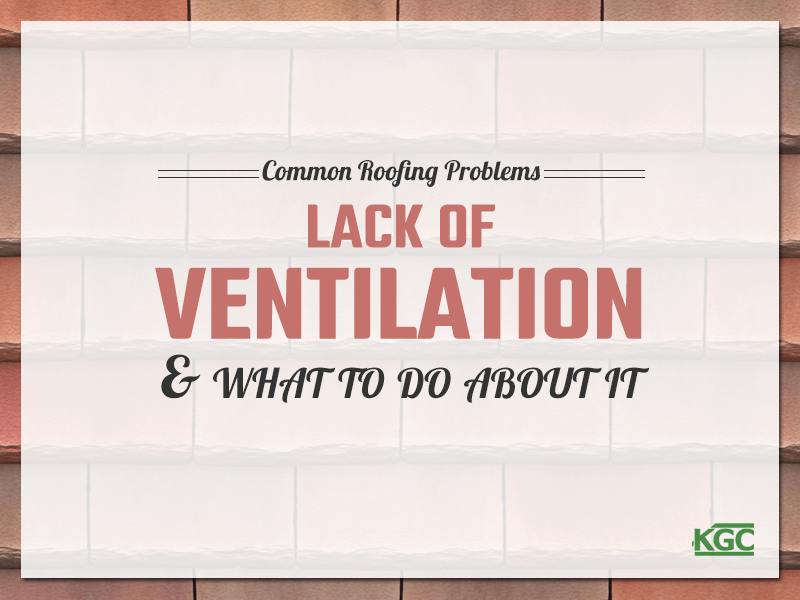
·
Lack of Ventilation
In this installment of our series on roofing problems, we’ll talk about why good ventilation is an integral part of your roof, and the risks you run from faulty ventilation.
-
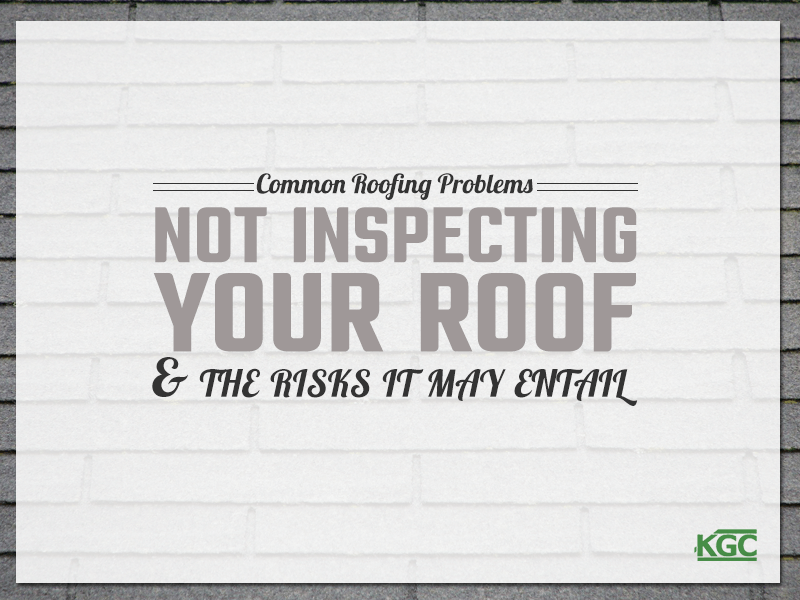
·
Not Inspecting your Roof
In this installment of our series on roofing problems, we’ll talk about the importance of inspecting your roof, and some tips for doing it.
-
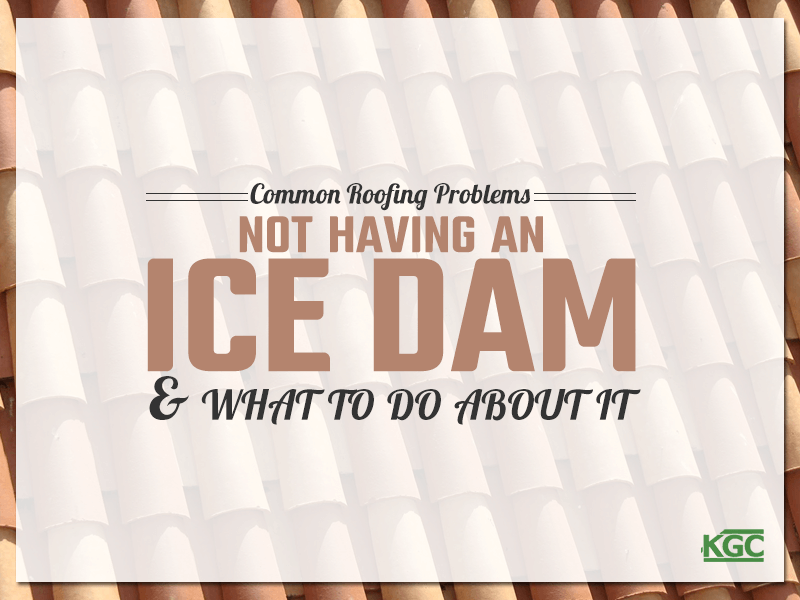
·
Not Having an Ice Dam
In this installment of our series on roofing problems, we’ll talk about the risks of not having an ice dam, and what to do about it.
-
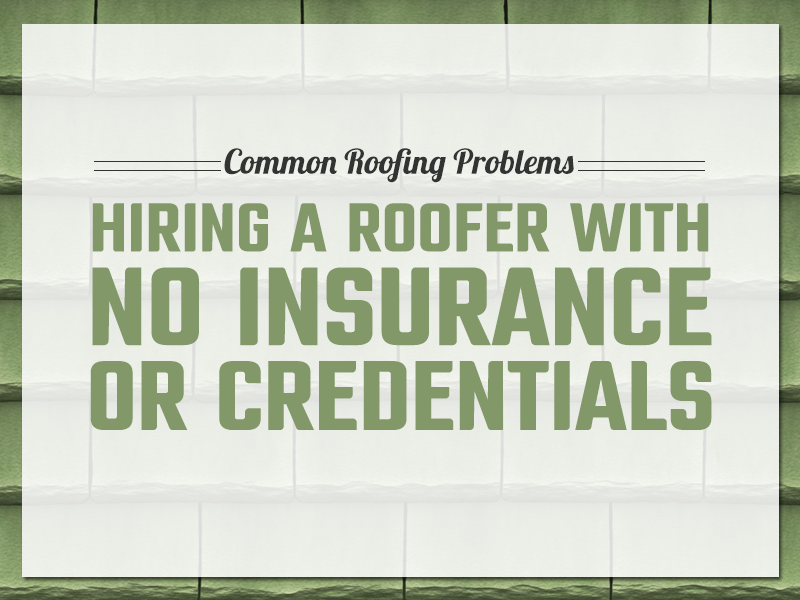
·
Hiring a Roofer without License, Bond and Insurance credentials
In this installment of our series on roofing problems, we’ll talk about the risks of hiring a roofer without license, bond and insurance credentials.
-
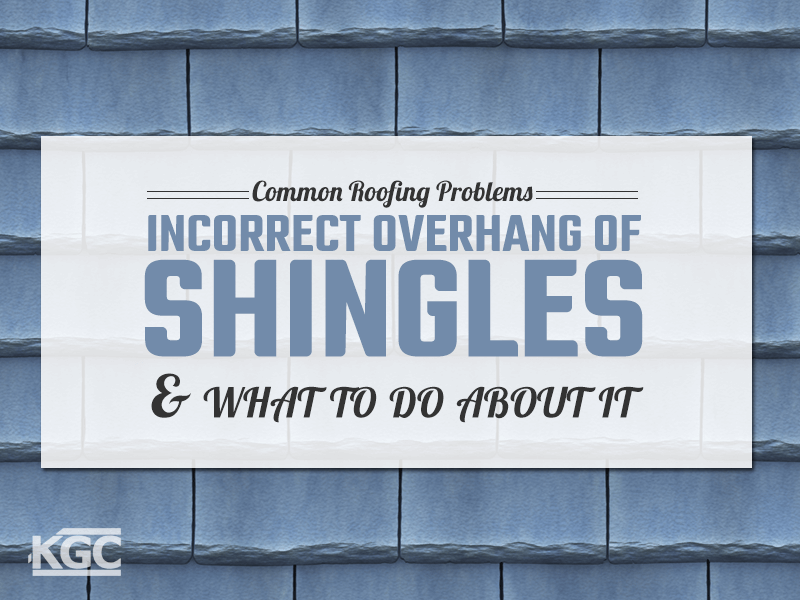
·
Incorrect Overhang of Shingles
In this installment of our series on roofing problems, we’ll talk about the incorrect overhang of shingles, and how to fix the problem.
-
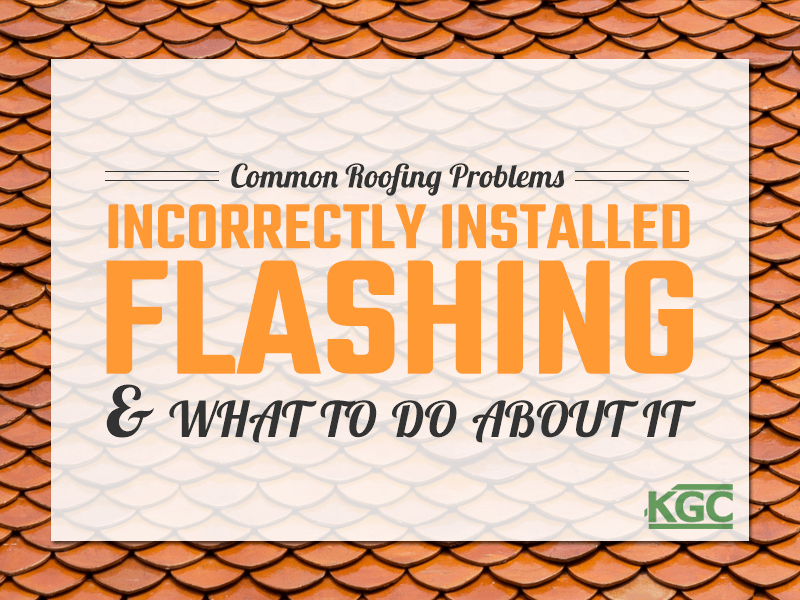
·
Incorrectly Installed Flashing
In this installment of our series on roofing problems, we’ll talk about incorrectly installed flashing, and how to fix the problem.
-
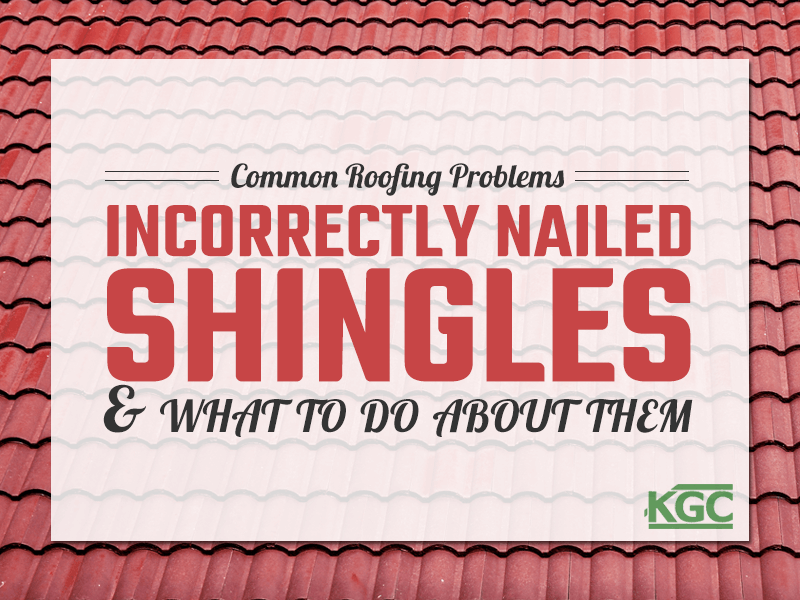
·
Incorrectly Nailed-in Shingles
In this installment of our series on roofing problems, we’ll talk about incorrectly nailed-in shingles, and how to fix the problem.
